Demand for distressed homes is rising because buyers fear missing out on a bargain despite the most aggressive interest rate hikes in a generation, a real estate expert says.
Real estate strategist George Cherchian of James Chase Buyer’s Advocacy said real estate investors were now expecting interest rate cuts in 2024 and wanted to do it early.
“There has been an increase in buyer demand, driven mainly by the belief that now is the opportune time to buy, before the Reserve Bank potentially lowers rates later this year,” he said.
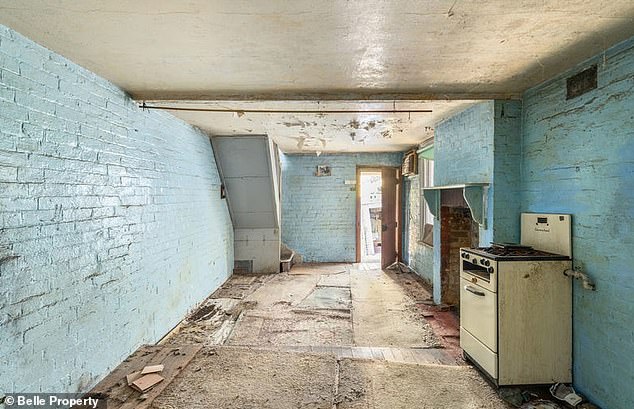
Demand for distressed homes is rising as buyers fear missing out on a bargain despite the most aggressive interest rate hikes in a generation, real estate expert says
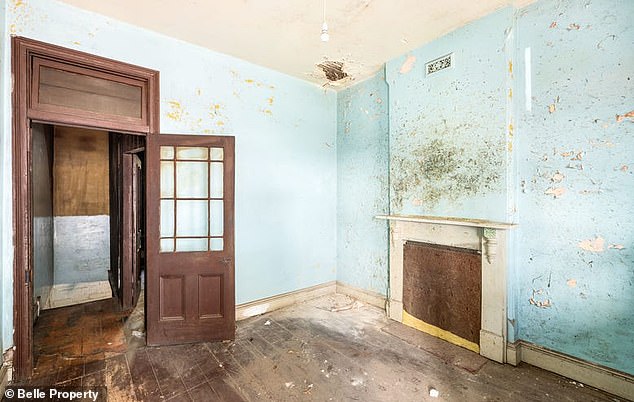

Last month, a dilapidated two-bedroom, one-bathroom home with no car space sold for $1.32 million in Annandale, in Sydney’s inner west.
‘This has reignited FOMO strongly, pushing buyers towards even the most derelict properties.
“As a result, we are seeing properties in very poor condition at prices that would have been unthinkable just a year ago.”
Last month, a dilapidated two-bedroom, one-bathroom home with no car space sold for $1.32 million in Annandale, in Sydney’s inner west.
The house, which was put up for sale for the first time in 125 years, had peeling paint on the walls and ceiling of every room.
The kitchen had an old stove, but no countertop or even a sink.
But the sale price of the Water Street property was well below the $2.325 million median for Annandale, with CoreLogic data showing a 17.6 per cent increase in the year to February.
The bargain price for the area means a new homeowner would face a hefty renovation bill, not to mention the need for an architect to redesign the interior of the townhouse.
But Cherchian said construction costs are now moderating, making renovations a less daunting prospect compared to 2022, when lumber prices were soaring.
‘With construction costs normalizing, the idea of renovating a run-down property has become more acceptable. “It is seen as a viable way to add value,” he stated.
In November, the Reserve Bank raised interest rates for the 13th time in 18 months, taking the cash rate to a 12-year high of 4.35 percent as part of the most aggressive hikes since 1989.
But Commonwealth Bank, Australia’s biggest property lender, now expects the RBA to cut rates six times by mid-2025, including three cuts by Christmas.
This would see the RBA cash rate fall to 3.6 percent in December for the first time since May 2023.
Commonwealth Bank Australian economics chief Gareth Aird also predicts three more cuts in the first half of 2025, which would see the RBA cash rate fall to 2.85 percent for the first time since December 2022.
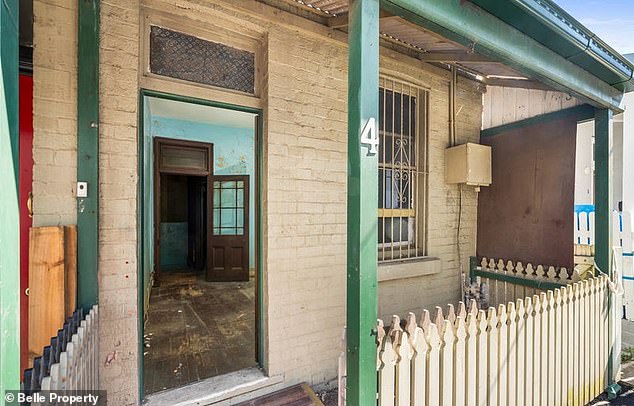

But the sale price of the Water Street property was well below the $2.325 million median for Annandale, with CoreLogic data showing a 17.6 per cent increase in the year to February.


Real estate strategist George Cherchian of James Chase Buyer’s Advocacy said real estate investors were now expecting interest rate cuts in 2024 and wanted to do it early.
The 150 basis points of easing over nine months would mark the most generous relief for home borrowers since the Reserve Bank cut rates by 425 basis points in 2008 and 2009 during the global financial crisis.
It would also mark the first relief since November 2020, when rates were cut to a record low of 0.1 percent during the Covid pandemic.
Even as interest rates began to rise, a damaged house in Wyong, on the New South Wales Central Coast, sold for $570,000 in May 2022.
The house, with boarded-up windows, had holes in the drywall, graffiti on the ceiling and was marketed as a “renovator’s delight.”
The median house price in the suburb is now $824,061, following an increase of 17.6 per cent over the last year.
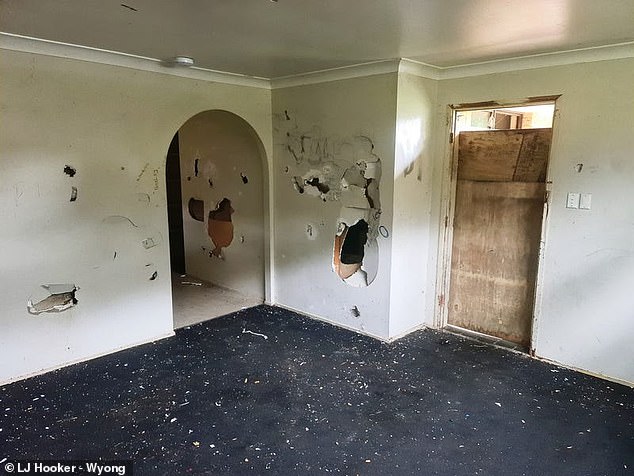

Even as interest rates began to rise, a damaged house in Wyong, on the New South Wales Central Coast, sold for $570,000 in May 2022.
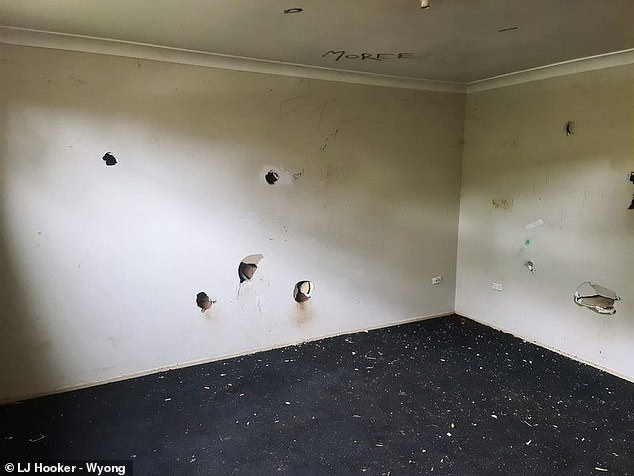

The house, with boarded-up windows, had holes in the drywall, graffiti on the ceiling and was marketed as a “renovator’s delight.”
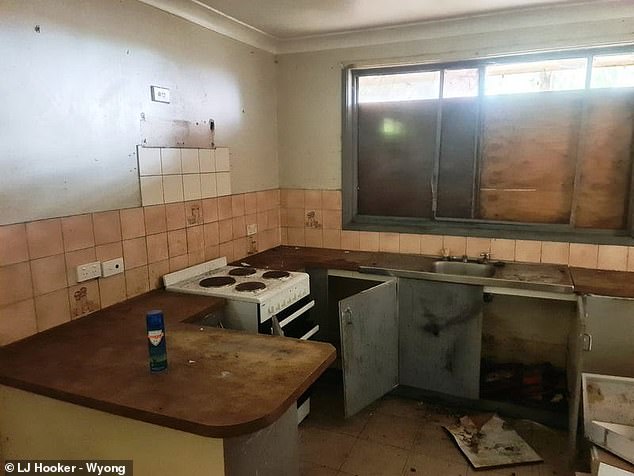

The median house price in the suburb is now $824,061, following an increase of 17.6 per cent over the last year.

